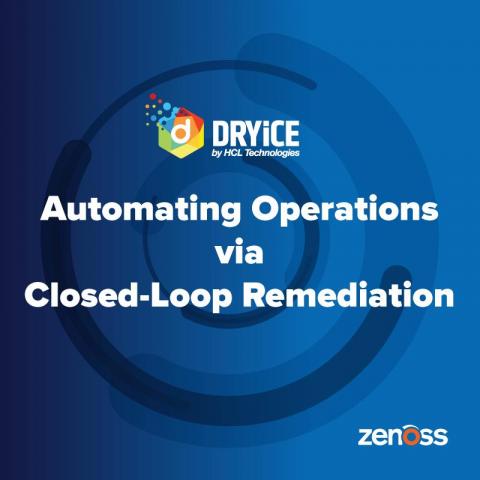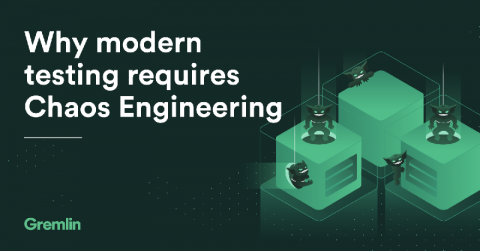What is CI/CD?
CI/CD is a software development strategy which allows for faster development by introducing automation while still maintaining the quality of code deployed to production. Implementing a CI/CD pipeline not only promotes a safer deployment process but also improves the incident response process. CI/CD is broken down into multiple parts. The CI refers to continuous integration, meanwhile, the CD can refer to continuous delivery and/or continuous deployment.











